Ever look through the specs of a laser power or energy sensor and wonder where it all comes from? You’ll probably see something like “Accuracy = ±3%.”
Come on. You know as well as I do that there are way too many variables in the laser measurement process to get a simple ±3% constant error regardless of the laser’s parameters. That’s why I want to provide this go-to guide of all the major contributions to laser sensor error.
I’ll also mention some rules-of-thumb that can be used for Ophir power and energy sensors, as well as tips for when some parts of the error can be neglected.
Calibration
Okay, this first one isn’t really a source of error, it’s the baseline accuracy. Calibration uncertainty means that even in perfect circumstances devoid of any noise, the sensor is only as accurate as it was when calibrated to NIST-traceable sources.
Ophir guarantees “2-sigma” calibration accuracy of under ±3%. Since noise is assumed to have a statistically random distribution, this means that the reading will be within ±3% of the true value 95% of the time (or ±4% accuracy 99% of the time – see the graph.)
So now we know that the Ophir “baseline” is ±3% accuracy. However, in certain circumstances, there are some other things to take into account.
High Power
At high powers (close to the maximum shown in the specs) the sensor can get hottrer and the reading might become nonlinear. This can result in an additional ±1% error.
Low Power
There are a few considerations when you’re measuring on the low end of the power scale. These are mostly uncertainties that are not technically specific to low power measurement, but are insignificant when the input is larger:
- Offset: The laser power sensor shows a positive or negative reading even when the laser is off, due to ambient radiation. This can often be removed with careful background subtraction.
- Noise: All signals have some level of rapid fluctuations not due to the background conditions. This is noise.
- Drift: Long-term changes in the reading due to ambient temperature shifts are called drift. Drift is similarly not something that can be removed with background subtraction.
Here’s a close-up of your signal, showing the difference between noise and drift:
Assuming offset is removed for all intents and purposes, noise and drift are now combined to calculate the minimum measurable power. Ophir recommends a minimum level of 20 times this combined noise to ensure that even at low powers there will be less than 5% additional error.
Other Considerations
Laser beams that are very large or off-center can have an additional error. If the entire beam is
If your beam is still too large, you may need to consider a different sensor, of perhaps a tailor-made OEM solution. If you’re worried about centering the laser, check out our BeamTrack position and size sensors.
Pulsed Beams
Maximum pulse width (in time) and pulse rate (in Hz) are the two additional qualities that must be considered with pulsed laser beams. Ophir power and energy sensors specify these parameters. In both cases, there can be additional error if your laser is close to the maximum allowed value. See the following graph for a guideline:
A Word about Adding Errors
You might have noticed that many of these error sources are mutually exclusive. For those errors that can occur in tandem, note that the RMS noise becomes the square root of the sum of the squared errors. For example, if one was measuring very close to the maximum power and slightly off-center (but still within the inner 50%) there should be a combination of three errors:
- ±3% basic calibration uncertainty
- ±1% additional error for high-power nonlinearity
- ±2% error since the beam is slightly off-center
To find the total error we calculate √ (32 + 12 + 22) = √14 ≈ ±3.7%. The takeaway here is that even in a case where the error shouldn’t necessarily be neglected, it doesn’t typically add an extraordinary amount of additional uncertainty.
Another thing to keep in mind is that we’re strict about our accuracy specs, so this will give you the maximum possible uncertainty. Calibration uncertainty, for example, is calculated to ensure its correctness 95% of the time. Over two-thirds of the time the noise is statistically less than ±1.5%.
Want to learn more? Check out this video from Ophir’s CTO, Ephraim Greenfield.
I hope you found it as helpful as I did to learn about the various causes of error. Do you have any to add?
You might also like to read:
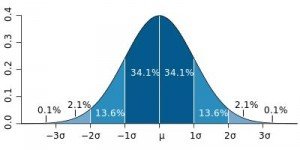
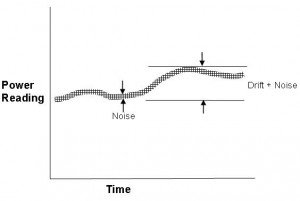


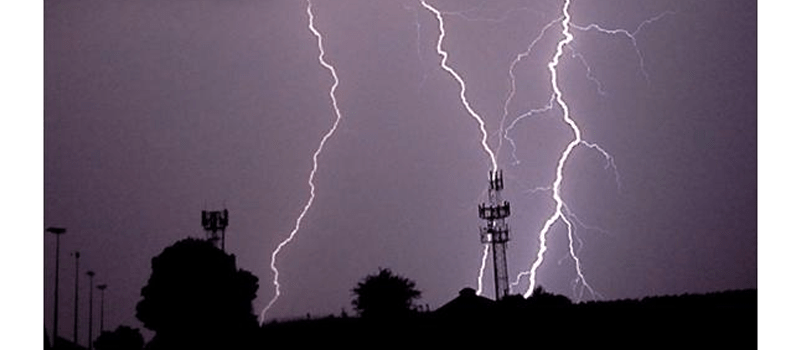
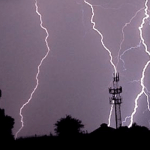
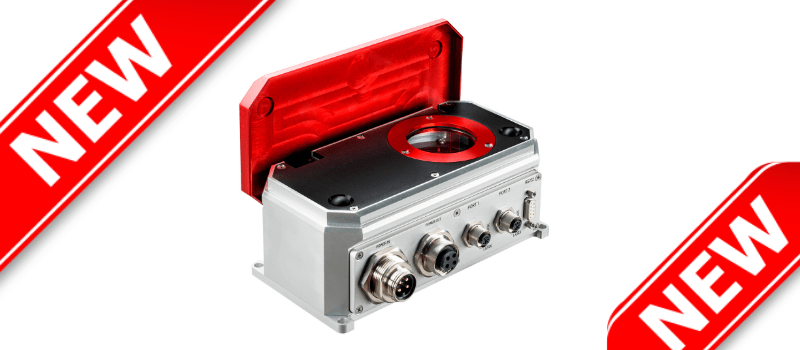
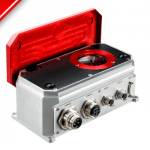


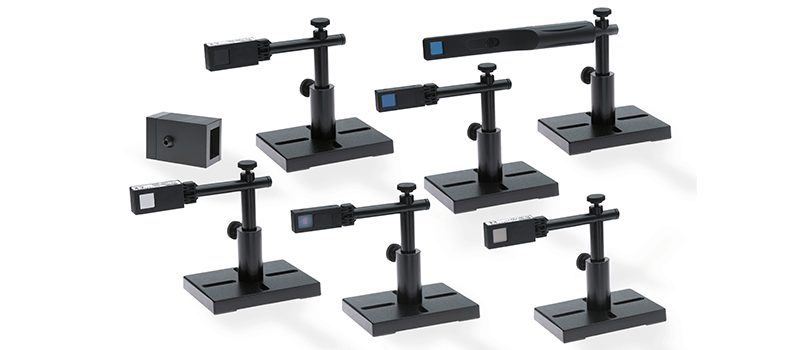
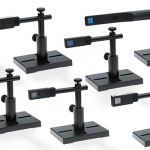
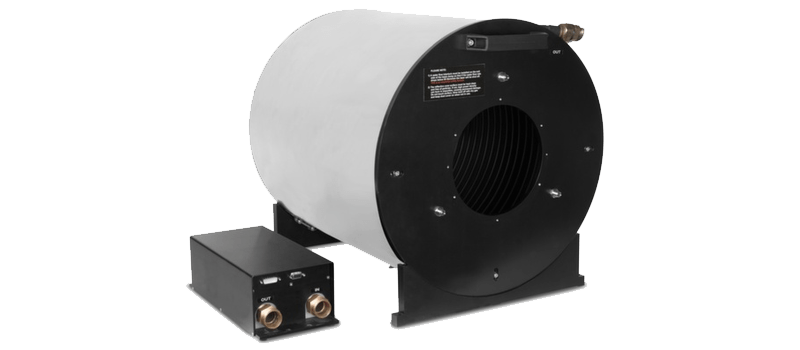
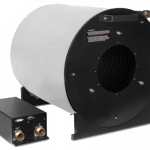
Leave a Reply
Your email address will not be published. Required fields are marked *